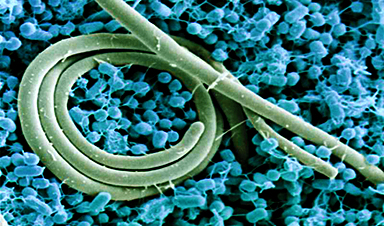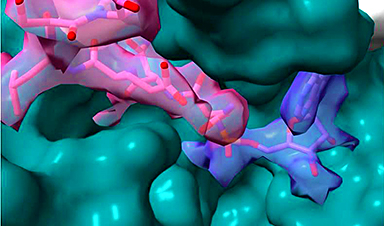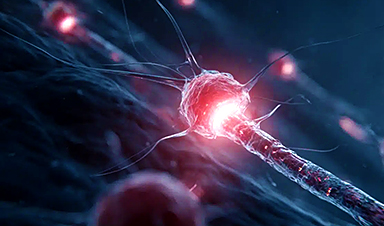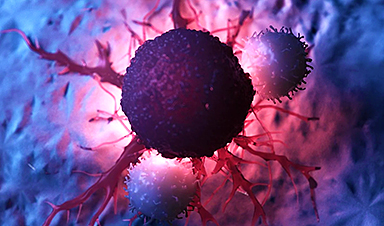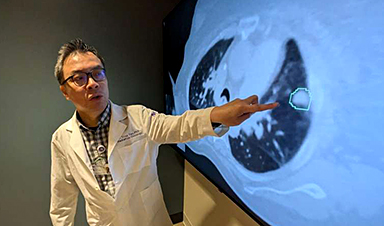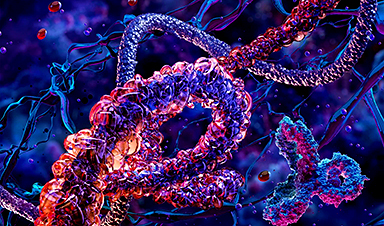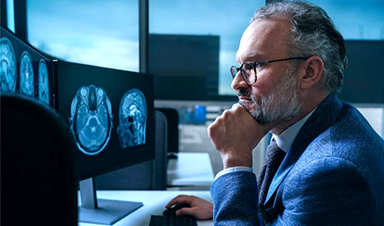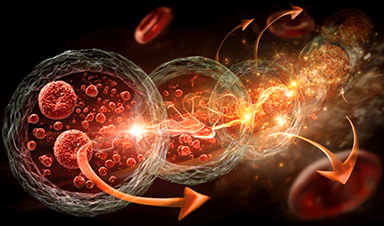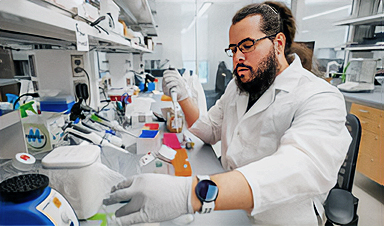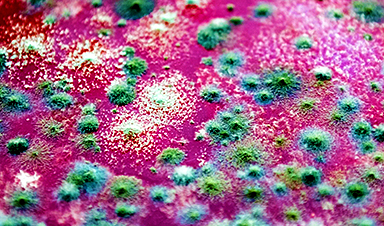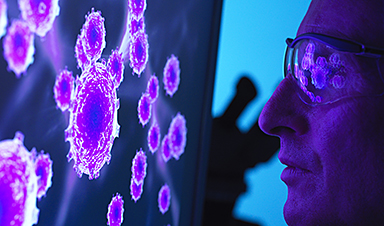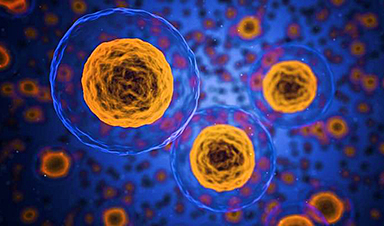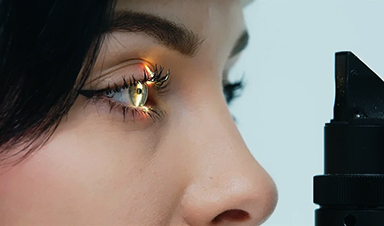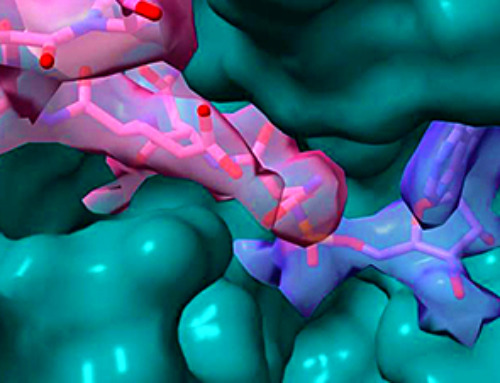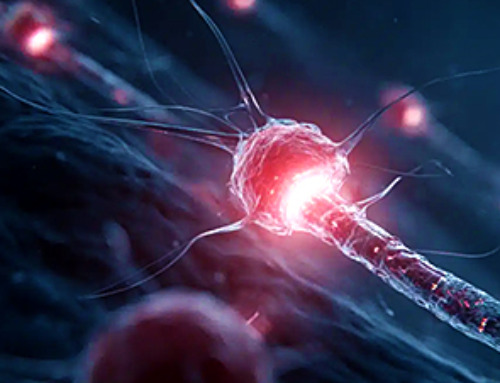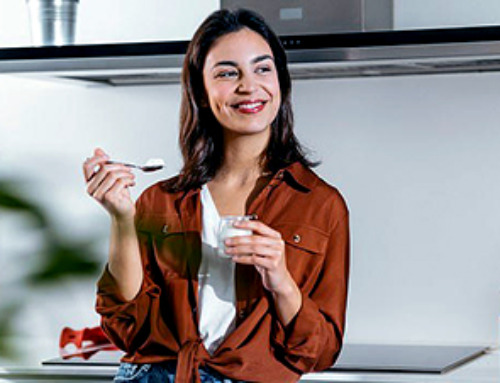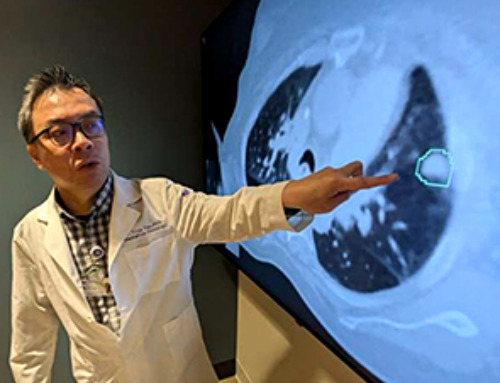A new UC Davis Health study has uncovered how Salmonella bacteria, a major cause of food poisoning, can invade the gut even when protective bacteria are present. The research, published in the Proceedings of the National Academy of Sciences, explains how the pathogen tricks the gut environment to escape the body’s natural defenses.
The digestive system is home to trillions of bacteria, many of which produce short-chain fatty acids (SCFAs) that help fight harmful pathogens. But Salmonella manages to grow and spread in the gut, even though these protective compounds are present. The study asks: How does Salmonella get around this defense?
“We knew that Salmonella invades the small intestine, although it is not its primary site of replication. The colon is,” said the lead author of the study Andreas Bäumler. Bäumler is a UC Davis distinguished professor and vice chair of research in the Department of Medical Microbiology and Immunology.
Bäumler and his team discovered that the answer lies in how the pathogen changes the gut’s nutrient balance. When Salmonella enters the small intestine, it causes inflammation in the gut lining and disrupts the normal absorption of amino acids from food. This creates an imbalance in nutrients in the gut.
The imbalance gives Salmonella the resources it needs to survive and multiply in the large intestine (colon), where beneficial bacteria usually curb its growth. The study showed that salmonella causes inflammation in the small intestine in order to derive nutrients that fuel its replication in the colon.
Salmonella alters gut nutrient environment to survive
Using a mouse model, the team looked closely at how Salmonella changed the chemical makeup of the gut. They traced amino acid absorption in the small and large intestines.
They found that in mice that were infected with Salmonella, there was less absorption of amino acids into the blood. In fact, two amino acids, lysine and ornithine, became more abundant in the gut after infection. These amino acids helped Salmonella survive by preventing the growth-inhibiting effects of SCFAs. They did this by restoring Salmonella’s acidity (pH) balance, allowing the pathogen to bypass the microbiota’s defenses.
“Our findings show that Salmonella has a clever way of changing the gut’s nutrient environment to its advantage. By making it harder for the body to absorb amino acids in the ileum, Salmonella creates a more favorable environment for itself in the large intestine,” Bäumler said.
In the study, the team showed that Salmonella uses its own virulence factors (disease causing molecules) to activate enzymes that break down key amino acids like lysine. This helps the pathogen avoid the SCFAs’ protective effects and grow more easily in the gut.
New insights could lead to better gut infection treatments
The new insights potentially explain how the gut environment changes during inflammatory bowel disorders , such as Crohn’s disease and ulcerative colitis, and could lead to better treatments for gut infections. By understanding how Salmonella changes the gut environment, researchers hope to develop new ways to protect the gut microbiota and prevent these infections.
“This research uses a more holistic approach to studying gut health. It not only gives us a better understanding of how Salmonella works, but also highlights the importance of maintaining a healthy gut microbiota,” said Lauren Radlinski, the study’s first author and postdoctoral fellow in the Bäumler Lab. “Our findings could lead to new treatments that help support the microbiota during infection.”
The study’s results could inspire future treatments, including probiotics or dietary plans designed to strengthen the body’s natural defenses against harmful pathogens.
“By learning how a pathogen manipulates the host’s system, we can uncover ways to boost the host’s natural defenses,” Radlinski said.
Co-authors of the study are Andrew Rogers, Lalita Bechtold, Hugo Masson, Henry Nguyen, Anaïs B. Larabi, Connor Tiffany, Thaynara Parente de Carvalho and Renée Tsolis of UC Davis.
More information: Lauren C. Radlinski et al, Salmonella virulence factors induce amino acid malabsorption in the ileum to promote ecosystem invasion of the large intestine, Proceedings of the National Academy of Sciences (2024). DOI: 10.1073/pnas.2417232121
News
Team finds flawed data in recent study relevant to coronavirus antiviral development
The COVID pandemic illustrated how urgently we need antiviral medications capable of treating coronavirus infections. To aid this effort, researchers quickly homed in on part of SARS-CoV-2's molecular structure known as the NiRAN domain—an [...]
Drug-Coated Neural Implants Reduce Immune Rejection
Summary: A new study shows that coating neural prosthetic implants with the anti-inflammatory drug dexamethasone helps reduce the body’s immune response and scar tissue formation. This strategy enhances the long-term performance and stability of electrodes [...]
Scientists discover cancer-fighting bacteria that ‘soak up’ forever chemicals in the body
A family of healthy bacteria may help 'soak up' toxic forever chemicals in the body, warding off their cancerous effects. Forever chemicals, also known as PFAS (per- and polyfluoroalkyl substances), are toxic chemicals that [...]
Johns Hopkins Researchers Uncover a New Way To Kill Cancer Cells
A new study reveals that blocking ribosomal RNA production rewires cancer cell behavior and could help treat genetically unstable tumors. Researchers at the Johns Hopkins Kimmel Cancer Center and the Department of Radiation Oncology and Molecular [...]
AI matches doctors in mapping lung tumors for radiation therapy
In radiation therapy, precision can save lives. Oncologists must carefully map the size and location of a tumor before delivering high-dose radiation to destroy cancer cells while sparing healthy tissue. But this process, called [...]
Scientists Finally “See” Key Protein That Controls Inflammation
Researchers used advanced microscopy to uncover important protein structures. For the first time, two important protein structures in the human body are being visualized, thanks in part to cutting-edge technology at the University of [...]
AI tool detects 9 types of dementia from a single brain scan
Mayo Clinic researchers have developed a new artificial intelligence (AI) tool that helps clinicians identify brain activity patterns linked to nine types of dementia, including Alzheimer's disease, using a single, widely available scan—a transformative [...]
Is plastic packaging putting more than just food on your plate?
New research reveals that common food packaging and utensils can shed microscopic plastics into our food, prompting urgent calls for stricter testing and updated regulations to protect public health. Beyond microplastics: The analysis intentionally [...]
Aging Spreads Through the Bloodstream
Summary: New research reveals that aging isn’t just a local cellular process—it can spread throughout the body via the bloodstream. A redox-sensitive protein called ReHMGB1, secreted by senescent cells, was found to trigger aging features [...]
AI and nanomedicine find rare biomarkers for prostrate cancer and atherosclerosis
Imagine a stadium packed with 75,000 fans, all wearing green and white jerseys—except one person in a solid green shirt. Finding that person would be tough. That's how hard it is for scientists to [...]
Are Pesticides Breeding the Next Pandemic? Experts Warn of Fungal Superbugs
Fungicides used in agriculture have been linked to an increase in resistance to antifungal drugs in both humans and animals. Fungal infections are on the rise, and two UC Davis infectious disease experts, Dr. George Thompson [...]
Scientists Crack the 500-Million-Year-Old Code That Controls Your Immune System
A collaborative team from Penn Medicine and Penn Engineering has uncovered the mathematical principles behind a 500-million-year-old protein network that determines whether foreign materials are recognized as friend or foe. How does your body [...]
Team discovers how tiny parts of cells stay organized, new insights for blocking cancer growth
A team of international researchers led by scientists at City of Hope provides the most thorough account yet of an elusive target for cancer treatment. Published in Science Advances, the study suggests a complex signaling [...]
Nanomaterials in Ophthalmology: A Review
Eye diseases are becoming more common. In 2020, over 250 million people had mild vision problems, and 295 million experienced moderate to severe ocular conditions. In response, researchers are turning to nanotechnology and nanomaterials—tools that are transforming [...]
Natural Plant Extract Removes up to 90% of Microplastics From Water
Researchers found that natural polymers derived from okra and fenugreek are highly effective at removing microplastics from water. The same sticky substances that make okra slimy and give fenugreek its gel-like texture could help [...]
Instant coffee may damage your eyes, genetic study finds
A new genetic study shows that just one extra cup of instant coffee a day could significantly increase your risk of developing dry AMD, shedding fresh light on how our daily beverage choices may [...]
